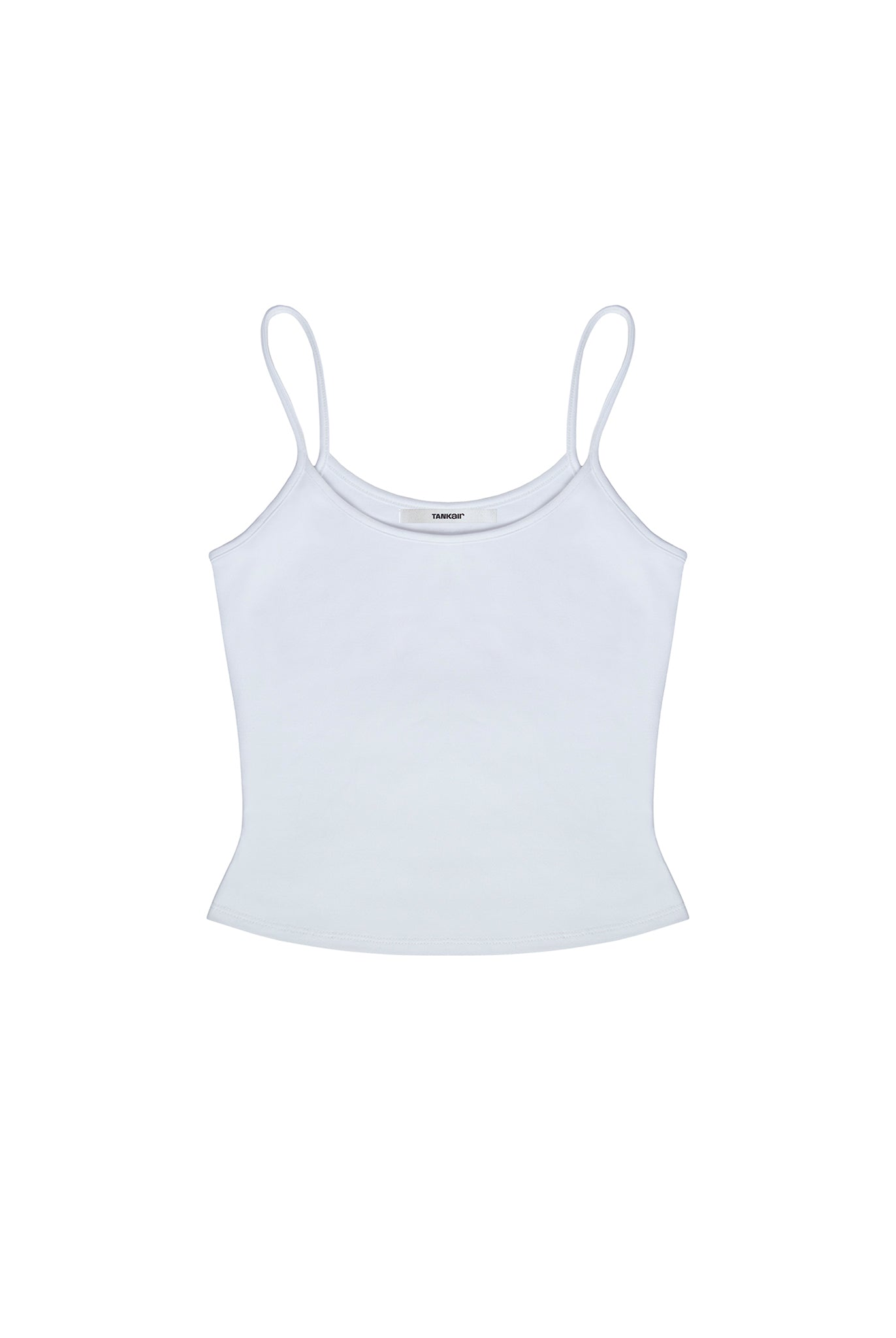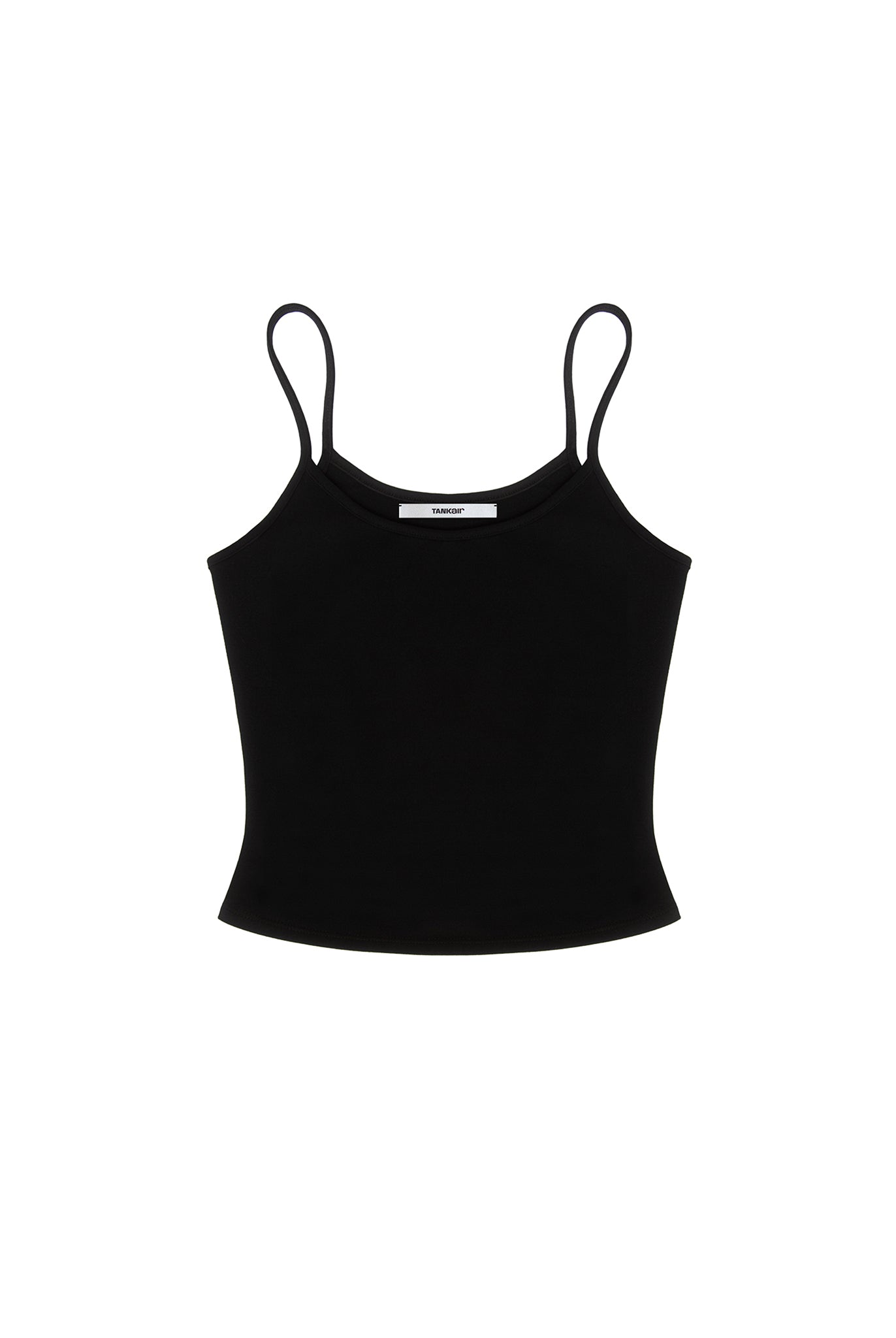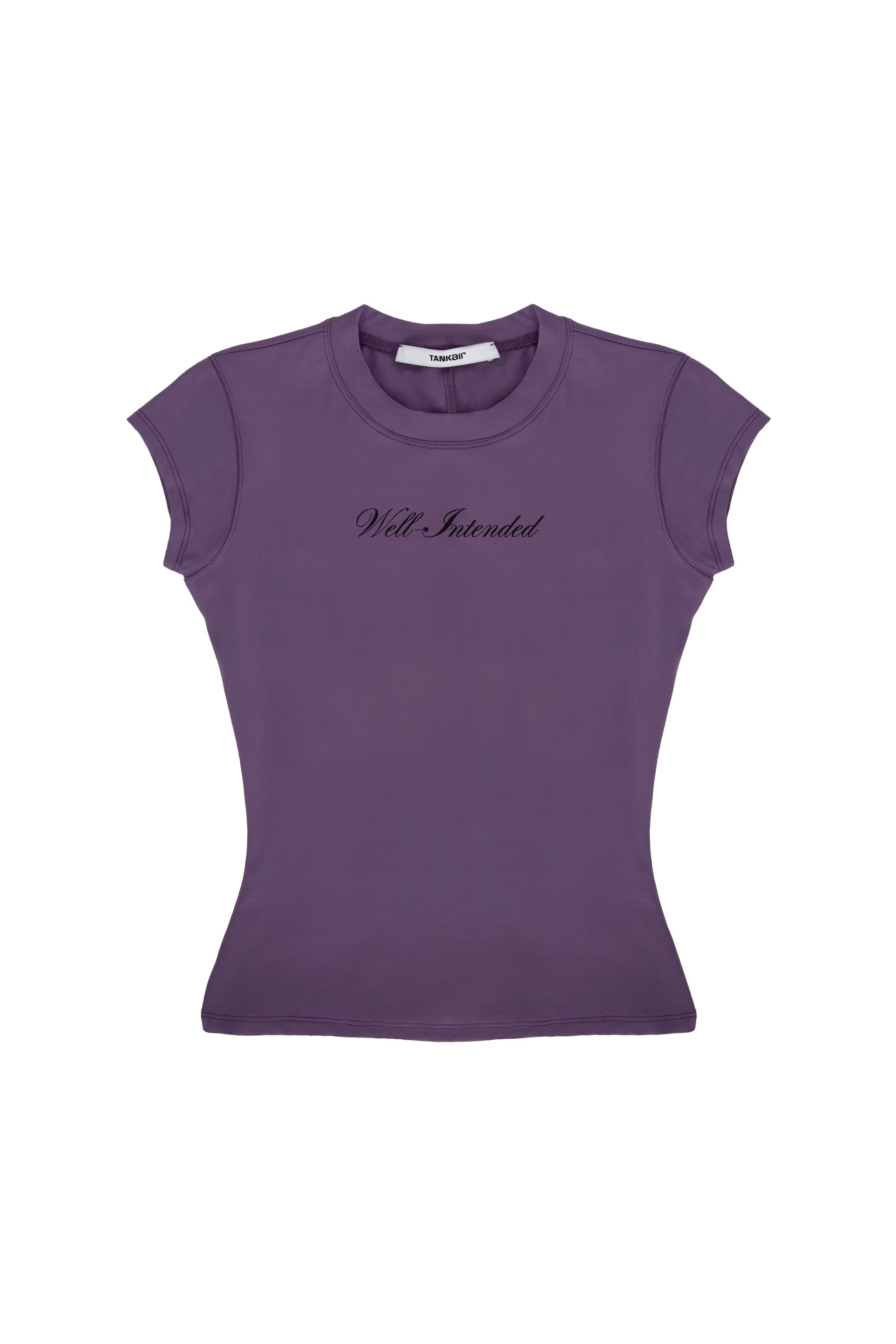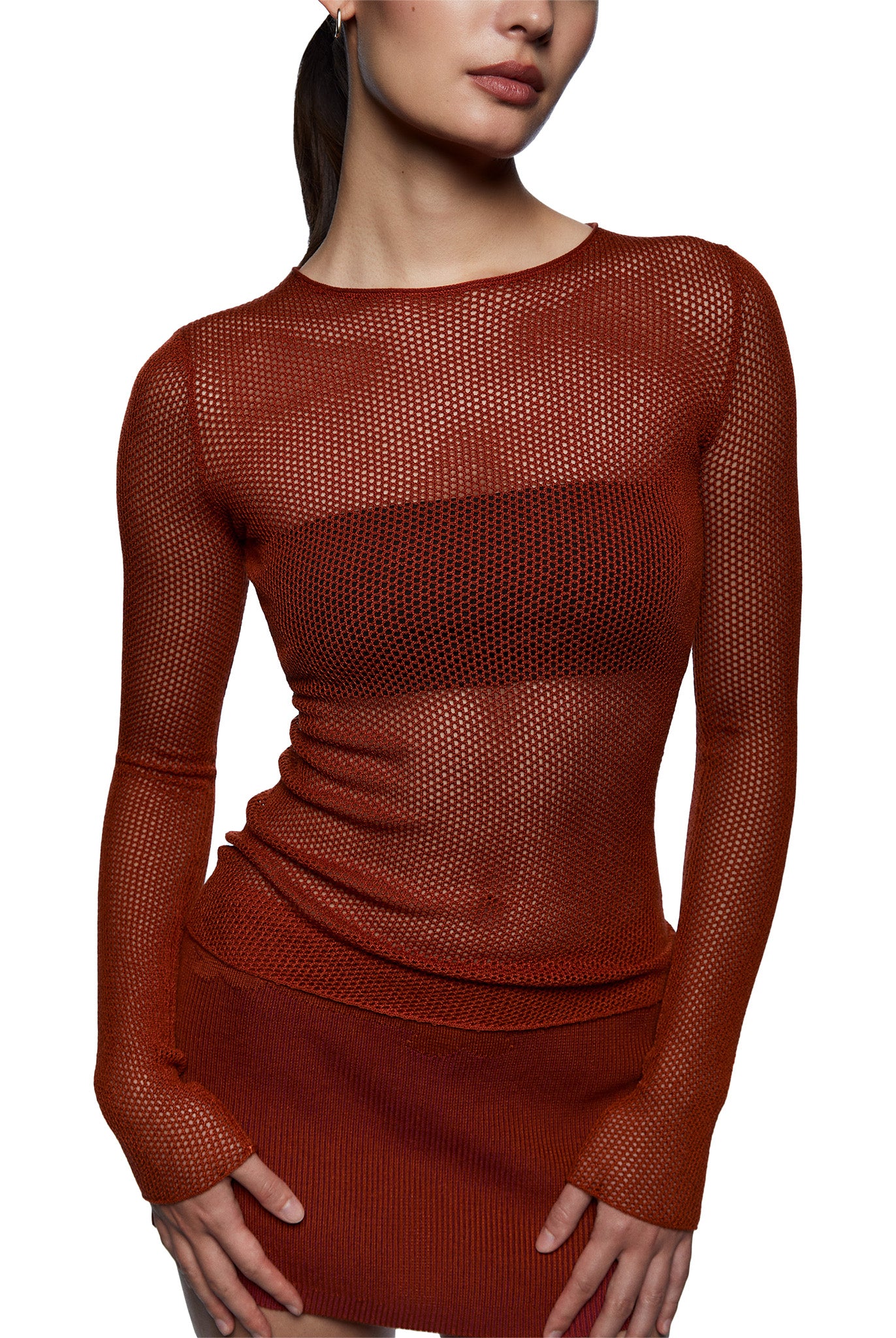Vibe-Checking the $70 Tank Top Dividing the Internet
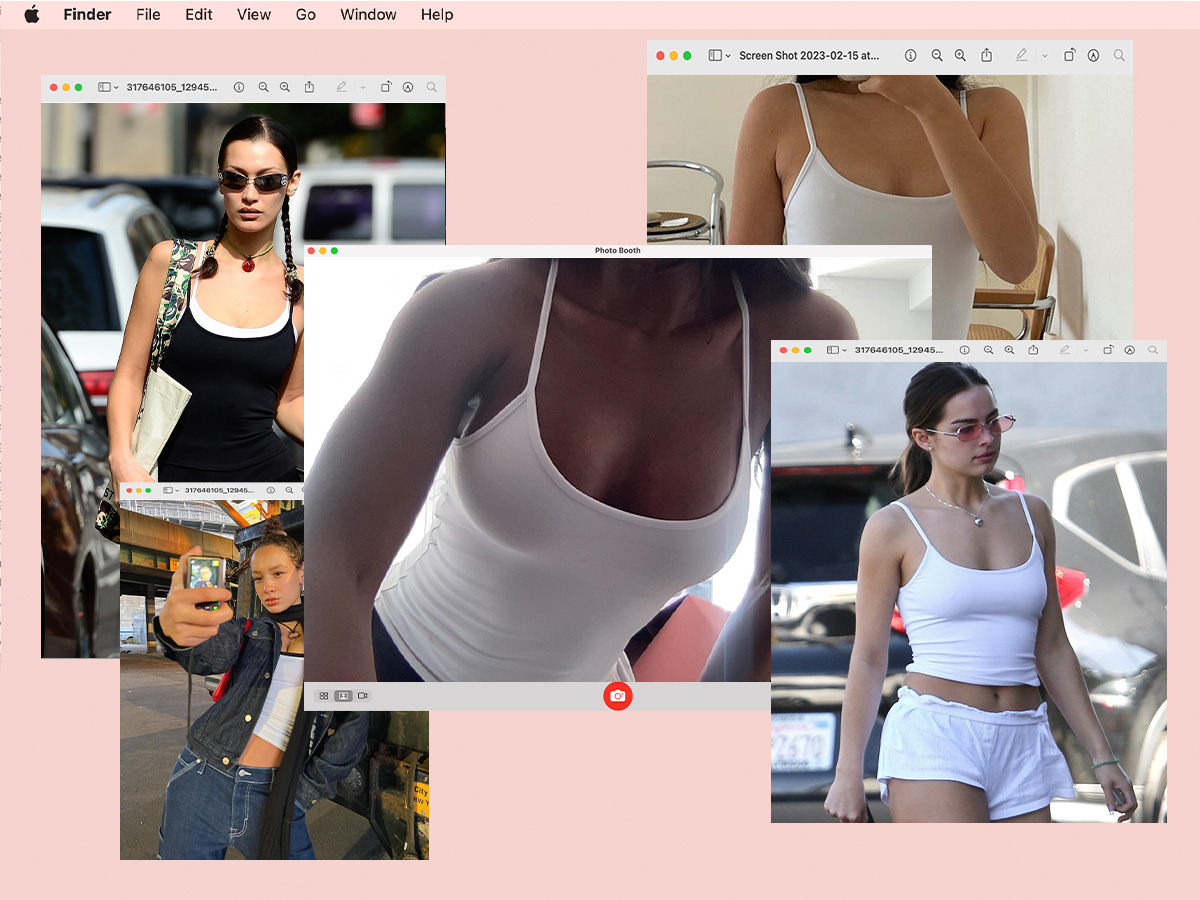
When you think of your dream top, does a basic white tank top come to mind? For TikTok user @peachesandcre3m, it was precisely that. So she did what most eager shoppers do on social media: film an unboxing. In an eight-second clip overlaid with the text "unboxing my dream top," a neatly wrapped mass of tissue paper is dramatically unfolded to unveil a plain white spaghetti-strap tank top. The ensuing reaction was swift: "Dream?" reads a comment with 11.2k likes. The second most-liked comment reading "…a white tank?" has almost 8000 likes. Amassing almost 380,000 likes, the unboxing video went viral on TikTok. If one platform weren't enough, the clip also found its way over to Twitter, where the comments were just as controversial. "It's like, 'I'm drinking my favorite drink, and it's just water,'" says one user. Who knew a tank top could antagonize the internet?
Tank Air's Studio Tank is 88% polyester and 12% spandex. There are no splashy logos like Loewe's or Marine Serre's fashion-person tanks. You may not be able to discern whether it's Hanes or the Gap, but those who own it don't care and don't seem to mind. "I remember seeing this tank top without realizing where it was from and thought, 'Wow, the fit on that is so good,' says content creator Aisha Farida. Living in New York City, Farida is a vodka distiller but also moonlights as an influencer, documenting her daily outfits on Instagram and TikTok. "I don't take recommending a $70 tank top lightly, but I wear the tank tops on a weekly basis and am able to dress them up, dress them down, or wear them as an insulating layer when it's very cold," she adds.
Claire Robertson-Macleod is the power behind Tank Air. Born in Bangkok, the designer moved between London and Los Angeles before setting up Tank Air in downtown L.A. The location puts the brand in close proximity to the abundance of artisans and garment resources that make the city (and downtown Los Angeles in particular) a mecca for budding fashion labels. Without much effort, Robertson-Macleod's clothes have landed on celebrities like Kylie Jenner and Bella Hadid—the type of figures that can energize young people to sell things out. Seeing the tank's divisive nature, Robertson-Macleod takes it in stride. "It definitely makes me a bit nervous reading or hearing people's opinions about the Studio Tank, as I'm quite a sensitive person. The tank was really a word-of-mouth thing—it's a simple white camisole. It's not eye-catching by any means, but the effort we put into making it as close to perfect as possible has been recognized by those who have tried it, and that's really so gratifying," she says.
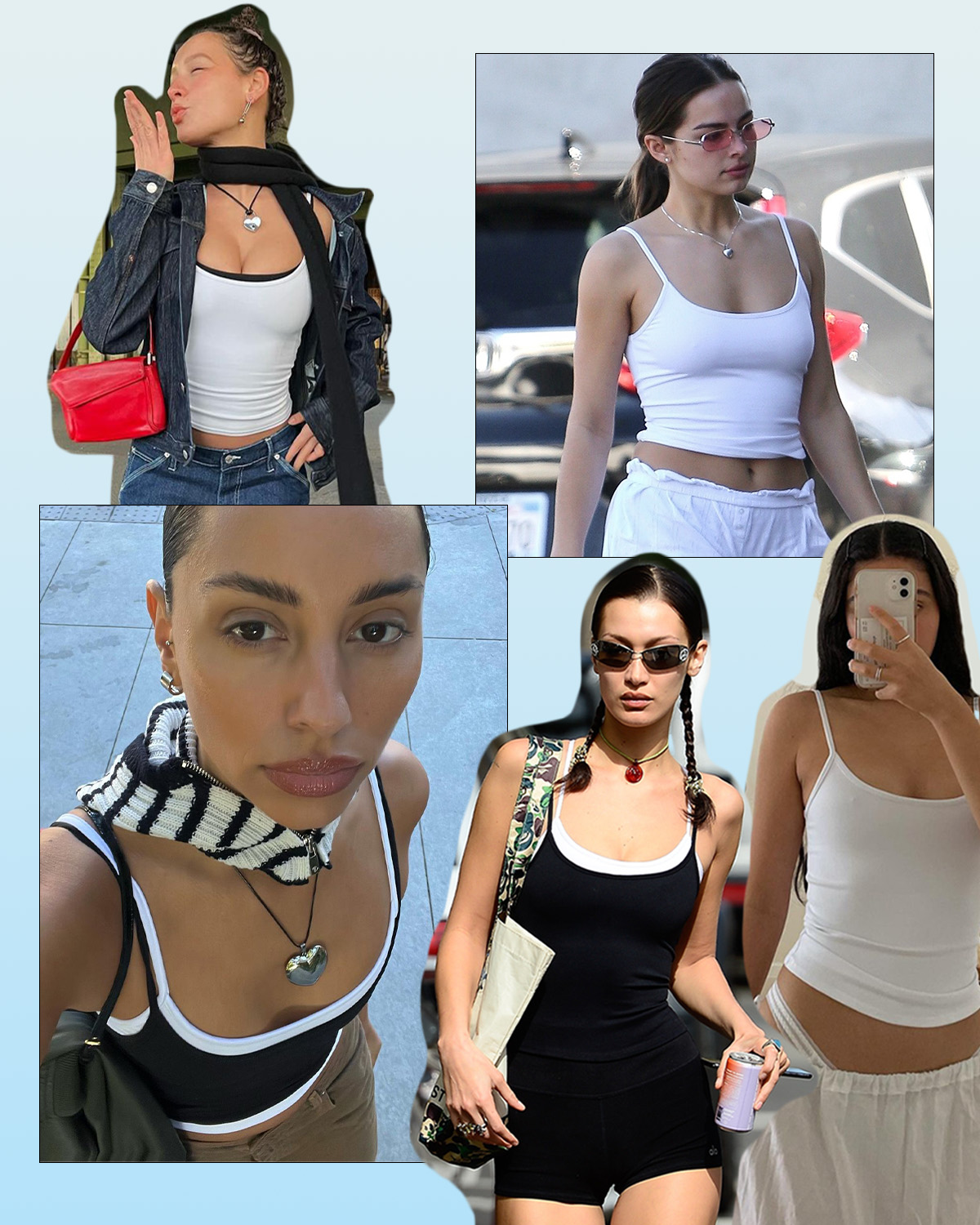
Thus far, the brand is in the right position to become a Gen Z staple, but behind the simple tops and micro miniskirts is something deeper. In the brand's About section on its site, you won't find paragraphs of fluffy language describing its origin story. Instead lies the succinct phrase, "Quality clothing and ideas in service of the matriarchy." This is fitting for a woman who's put much of her focus into centering the women in her life into the brand. "Tank Air was inspired by my mum and aunts, and I want the brand to inspire people in the same way," Robertson-Macleod proclaims. "They were confident, effortless, but never without a sense of humor. I try to design for that woman."
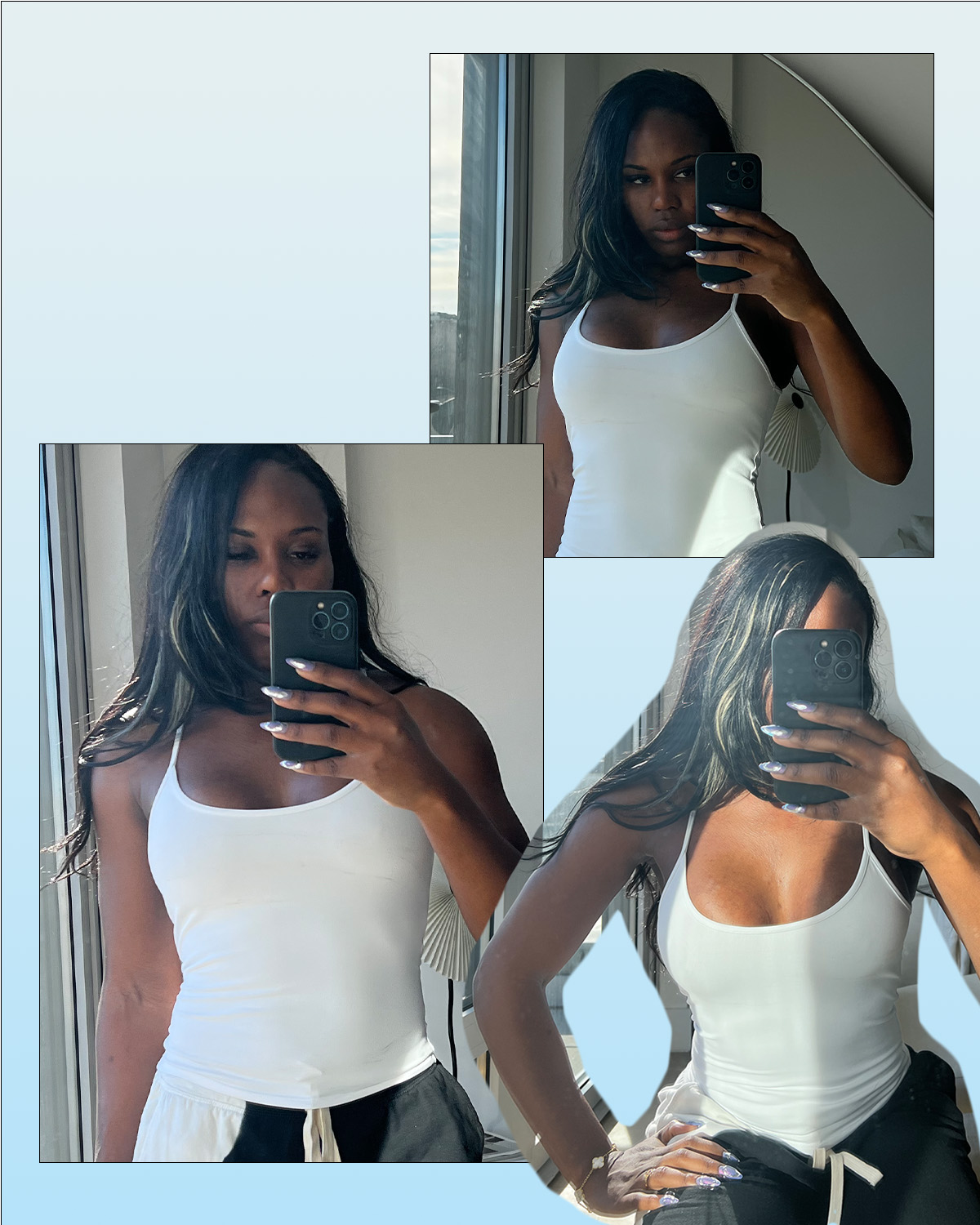
But back to the tank top—its internet mythology definitely piqued my intrigue. Could such a no-frills top be worth it to fork over $70? After all, The Row and Lemaire do demand $175 and $400 for plain cotton tops, respectively, and fashion people gladly oblige. In the grand scheme of things, Tank Air's white tank top isn't that egregious, especially considering that it's made locally and the fact that the brand's workers are paid fair wages. As Robertson-Macleod explains, the brand works directly with sewers in DTLA, where they are paid "well above" minimum wage. Production is also limited to small runs to ensure quality, but overall, the piece's higher cost just comes down to simple economics. "The truth is higher-quality fabrics just cost a lot more per yard than lower-quality options. We use a heavyweight, sueded jersey that has a soft feel but is also thick enough to provide support (you don't have to wear a bra with it) and to provide full coverage (our white Studio Tanks are completely opaque)," she says.
And honestly, the tank really does excel. As I'm someone who buys white tanks in multiples and owns no less than 10, the Studio Tank is unlike any currently in my collection. It almost feels akin to shapewear—but without the tension headaches and feeling of perpetually sucking it in. The heavyweight fabric smooths and snatches you in, and as Robertson-Macleod said, wearing nipple covers or a bra isn't necessary. All of this is to say it's become the tank I reach for just for the increased ease. Thoughtful design really does matter!
In the grand scheme of things, Tank Air is more than just one "controversial" tank top. Although the shirt is one of its best sellers, the brand releases new drops on a consistent basis, and each of its modernized staples is just as good. Its bedazzled baby tees and bodysuits are perpetually sold out (I'm patiently waiting on a restock). And following its sustainable ethos, new releases come out in a drip rather than a flow, with new items dropped every few months as opposed to every day like most fast-fashion retailers. It speaks to how Robertson-Macleod envisions Tank Air as more than a moment of virality. It's something for the long haul. "We've been working on a children's book to inspire young girls," she says. "I've always wanted Tank Air to be more than just clothes but all for the same purpose."
Shop the Tank Air Studio Tank
Shop More From Tank Air
Up next: How Copenhagen Has Cemented Itself as Fashion's Coolest City
Indya Brown is a fashion editor, stylist, and writer living in Los Angeles. After graduating in 2016, she joined The Cut as a fashion assistant, eventually working her way up to fashion editor. While New York has been her home for over 10 years, she moved to Los Angeles in the midst of the pandemic in 2020 for a new chapter where she started working at Who What Wear, focusing on emerging designers, rising trends on and off the internet, interior design, and BIPOC creatives and brands. Aside from her work at Who What Wear, Brown is also a freelance stylist and writer, working on national print and video commercial campaigns for Sephora, The Independent, and Cadillac. Her bylines also include Harper's Bazaar, Vox, and The New York Times.
